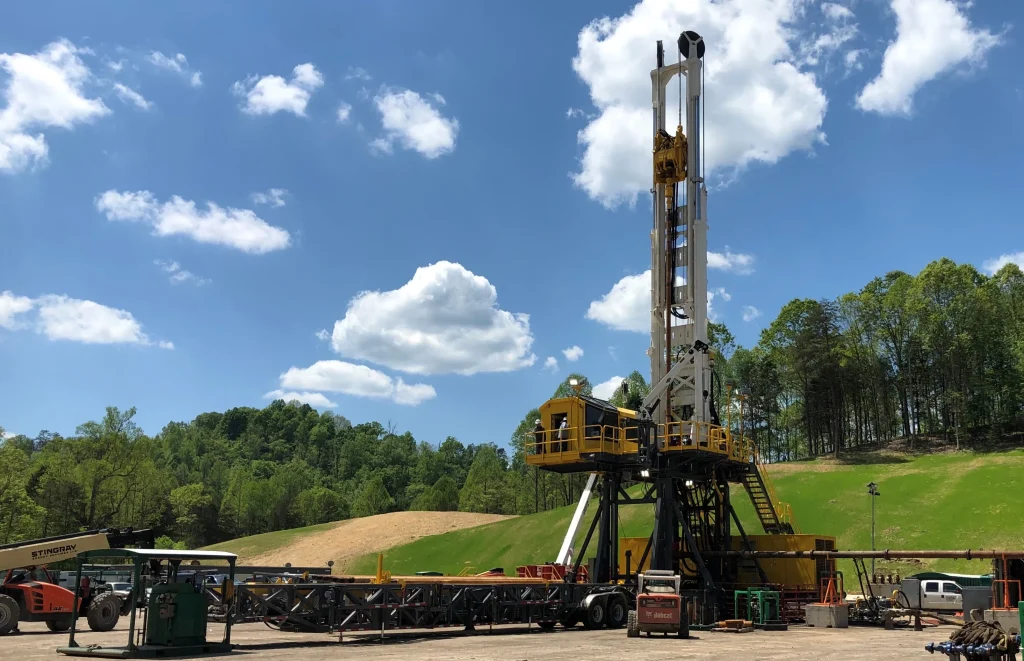Oil Drilling Technology – Equipment Shaping the Future of Gas Operations
Oil drilling technology has experienced significant advancements in recent decades, playing a crucial role in shaping the future of gas operations. As the global demand for natural gas continues to rise, innovative equipment and techniques are enhancing the efficiency, safety, and sustainability of exploration and extraction processes. The evolution of oil drilling equipment not only increases production capacity but also helps minimize the environmental footprint of gas operations. One of the most transformative innovations in recent years has been the development of horizontal drilling. Unlike traditional vertical drilling, horizontal drilling allows for the extraction of gas from reserves located in multiple layers or hard-to-reach places. This method, combined with hydraulic fracturing or fracking, has revolutionized the ability to access shale gas, a previously difficult-to-reach resource. Horizontal drilling rigs are equipped with advanced technology that enables them to drill at precise angles and depths, providing greater flexibility in tapping into gas reservoirs and increasing the overall yield of a well.

Another key advancement is the development of automated and remotely operated drilling rigs. These rigs are equipped with sensors, real-time data transmission systems, and advanced robotics that allow for more precise and efficient drilling operations. Automation helps reduce human error, increase safety, and minimize the need for oil and gas equipment personnel, making gas extraction operations safer and more cost-effective. These rigs also contribute to reducing downtime, as automated systems can detect potential issues and make adjustments without requiring manual intervention. Moreover, advancements in drilling materials and coatings have enhanced the longevity and performance of drilling equipment. Modern materials, such as advanced alloys and composite materials, provide greater resistance to wear and tear, corrosion, and extreme temperatures. This leads to less frequent equipment replacements, improved operational efficiency, and a reduction in the overall cost of drilling operations. The push for sustainability in the oil and gas industry has led to the development of more eco-friendly drilling technologies. Electric-powered drilling rigs, for example, reduce reliance on diesel fuel, which helps lower carbon emissions and decrease the environmental impact of drilling operations.
In addition, technologies like green fracking fluids, which are biodegradable and less harmful to the environment, have been introduced to minimize the potential ecological damage caused by traditional fracking chemicals. Furthermore, the rise of digitalization and artificial intelligence AI in the oil and gas industry has revolutionized the way drilling operations are managed. Real-time data collection and analysis, powered by AI and machine learning, enable operators to predict equipment failure, optimize drilling parameters, and improve overall oil drill machine operational performance. AI-powered systems can also monitor environmental conditions and adjust drilling operations to minimize risks, enhancing both safety and environmental compliance. From horizontal drilling and automation to advanced materials and sustainable practices, these innovations are shaping the industry’s ability to meet the growing global demand for natural gas while ensuring operational efficiency, safety, and environmental responsibility. As these technologies continue to evolve, they promise to revolutionize the way gas is extracted, contributing to a more sustainable and productive energy future.